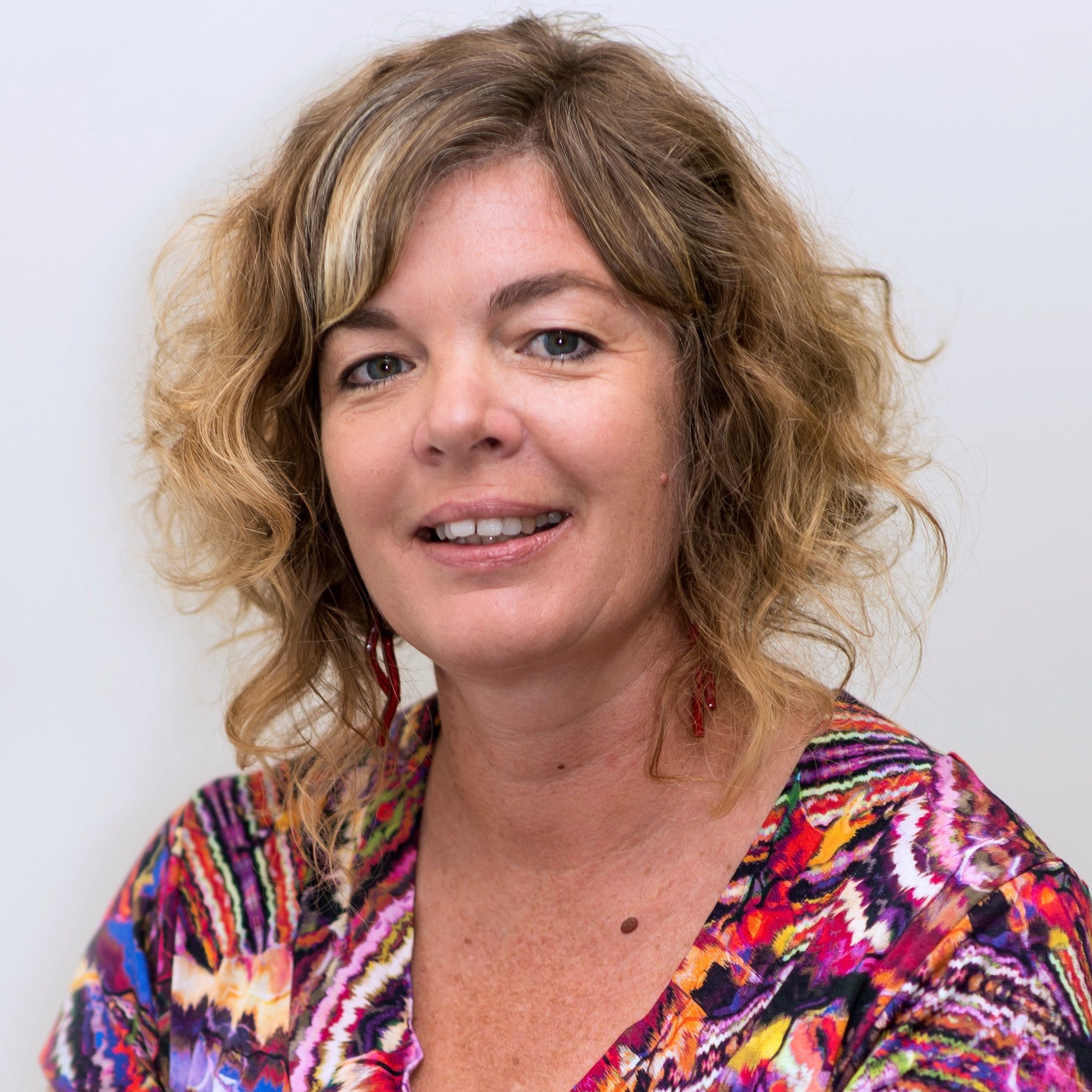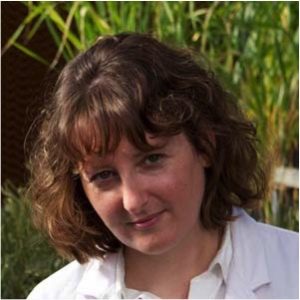 Opening Address: Opening Address:Professor Juliet A. Gerrard, FRSNZ, HonFRSC, Prime Minister’s Chief Science Advisor Professor Juliet Gerrard completed a DPhil in Biological Chemistry at Oxford University before coming to New Zealand in 1993, as a research scientist at Crop & Food Research. In 1998, she was appointed as a Lecturer in Biochemistry at the University of Canterbury and moved to the University of Auckland in 2014. Juliet’s research covers a broad base and is interdisciplinary, cutting across biochemistry, chemistry, health, agricultural and food science and biomaterial design. Juliet was Chair of the Marsden Council and a Director for Plant & Food Research, prior to her appointment in 2018 as the Prime Minister’s Chief Science Advisor. For more detail visit: https://www.pmcsa.ac.nz/our-community/professor-juliet-gerrard/ |
 NZSPB Annals of Botany Invited Speaker: NZSPB Annals of Botany Invited Speaker:Prof Staffan Persson. Professor of Plant Cell Biology, University of Melbourne. Staffan Persson aims at understanding how plants produce their cell walls, in particular cellulose, which is a key contributor to plant biomass and the fibre and fuel industries. His lab has outlined many of the components and underpinning mechanisms for how cellulose is produced and regulated in plant cells. Some of the major goals in his group are to understand how the proteins that produce cellulose are regulated, how external and internal factors impact cell wall production and outline how the cell wall communicates with the interior of the plant cell. For more detail visit: https://blogs.unimelb.edu.au/persson-lab/ |
 Invited Keynote Speaker – PostHarvest Technologies: Invited Keynote Speaker – PostHarvest Technologies:Dr Kirsty Bayliss – Academic Chair, Biosecurity and Food Security, Murdoch University. Dr Bayliss is a plant scientist with over 20 years’ experience as a plant pathologist. Since 2012 her focus has been the management of postharvest pathogens that cause moulds on fresh fruit and vegetables and grains. Plasma technology is a way to kill the pathogens that grow on fruit and vegetables, making fresh produce healthier for consumption and increasing shelf-life. Plasma is an ionised gas that stops the growth of fungi and bacteria. It has been used to control pathogens on high value crops, including avocados, strawberries, and most recently truffles. It is being utilised as a treatment to ensure food remains fresh and is safer to eat, contributing to a wider strategy to address global food security by reducing food waste. Commercial and large scale applications of the technology are now being explored. |
 Invited Keynote Speaker – Plant Phenotyping: Invited Keynote Speaker – Plant Phenotyping:Dr Bettina Berger – Scientific Director, The Plant Accelerator, The University of Adelaide. With a background in biotechnology and a PhD in molecular plant biology, Dr Bettina Berger used a two-year fellowship at the Australian Centre for Plant Functional Genomics to focus on the then emerging field of plant phenomics. Since 2010, Dr Berger has worked at the Adelaide node of the Australian Plant Phenomics Facility and in 2015 became Scientific Director. She enjoys the diversity of working in a national research facility, with a whole range of different users, research questions and challenges on a daily basis. Dr Berger has focused on establishing protocols and methods for high-throughput screening of various plant species in controlled environments using imaging technology to help the research community take advantage of the benefits that modern phenotyping techniques have to offer. Dr Berger will give an overview of the Australian Plant Phenomics Facility and developments in the area of Fast Phenotyping. |











